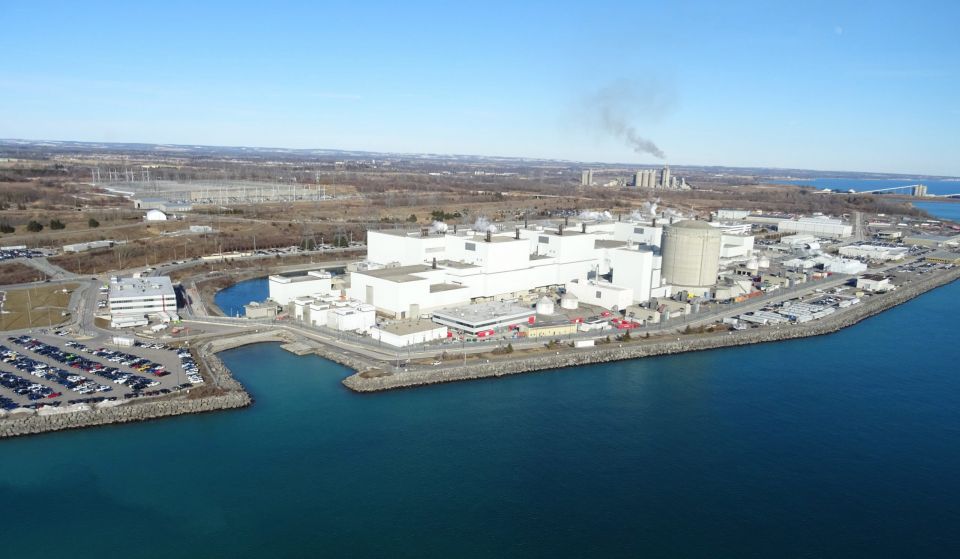The plan: Pickering’s B units went on line on the mid-1980s and are Canada’s oldest operating reactors, producing 2,000 MW—enough to power 2 million homes, roughly 15 percent of Ontario’s power. Refurbishment will take 11 years to complete and will create 11,000 jobs per year, OPG officials said.
Refurbishment will entail replacing major components in the plant, which OPG hopes to start in 2028, with plans to return the plant to service by the mid-2030s. Once work is complete, the Pickering B units could operate for another 30 years.
Ontario’s government is budgeting $2 billion for Pickering’s Project Initiation Phase of refurbishment, which will last through the end of 2024. OPG is already working on updates at its Darlington plant, where four reactors are being refurbished to stay on line up to another 30 years as a zero-carbon power source.
Quotable: “With global business looking to expand in jurisdictions with reliable, affordable, and clean electricity, a refurbished Pickering Nuclear Generating Station would help Ontario compete for and land more game-changing investments,” Smith said.
Peter Bethlenfalvy, a member of the provisional parliament for Pickering-Uxbridge, said, “With new investments and jobs coming to Ontario and the population growing rapidly, our province needs clean and affordable energy that all communities can rely on. To meeting this growing electricity demand, we are expanding Ontario’s generating capacity, conducting Canada’s largest clean energy storage procurement, and expanding energy efficiency programs."
What’s next: These plans are still subject to approval from the Canadian Nuclear Safety Commission. The commission is also reviewing a request from OPG to extend the Pickering B operating licenses until 2026, which would allow the plant to continue operations until the units close for refurbishment.
The work at Pickering fits into the government’s Powering Ontario’s Growth plan to meet electricity demand and reduce emissions. This plan also calls for predevelopment work at Bruce Power and the addition of three small modular reactors at Darlington.








